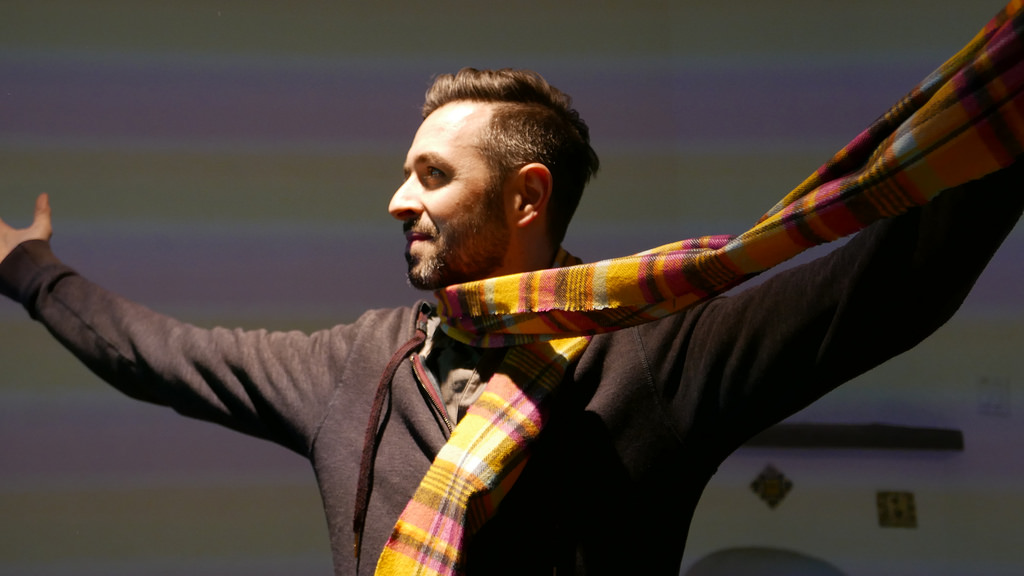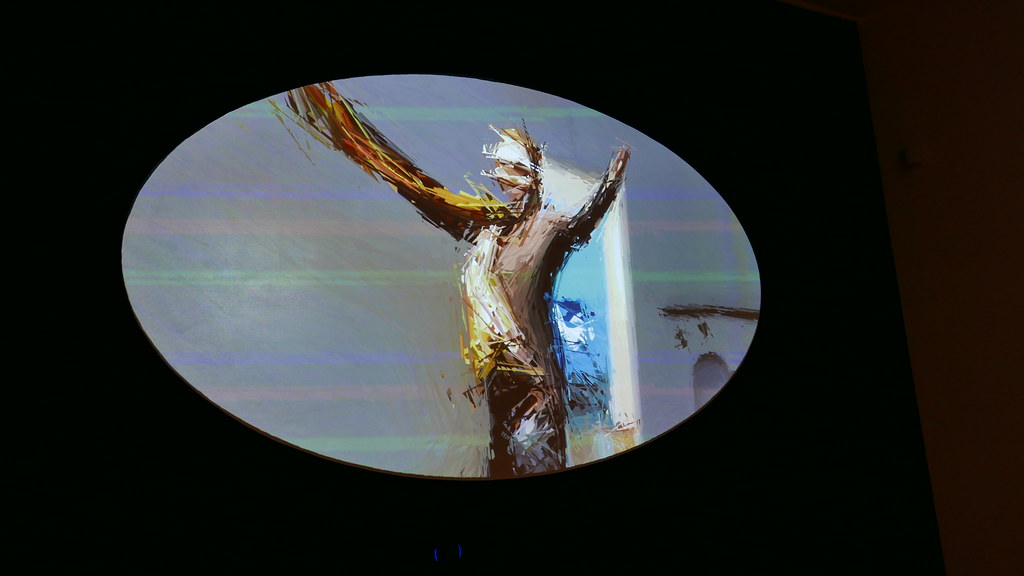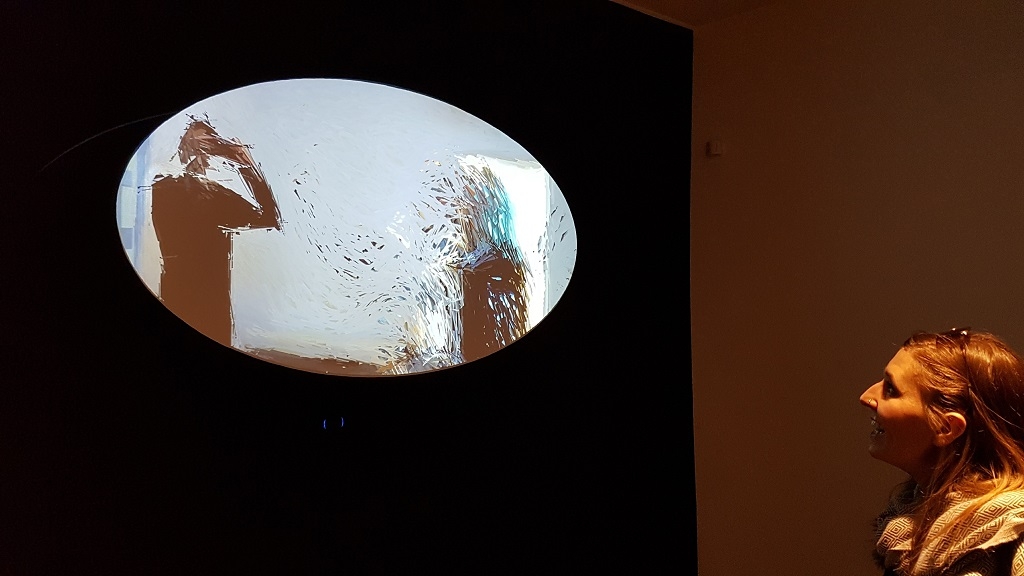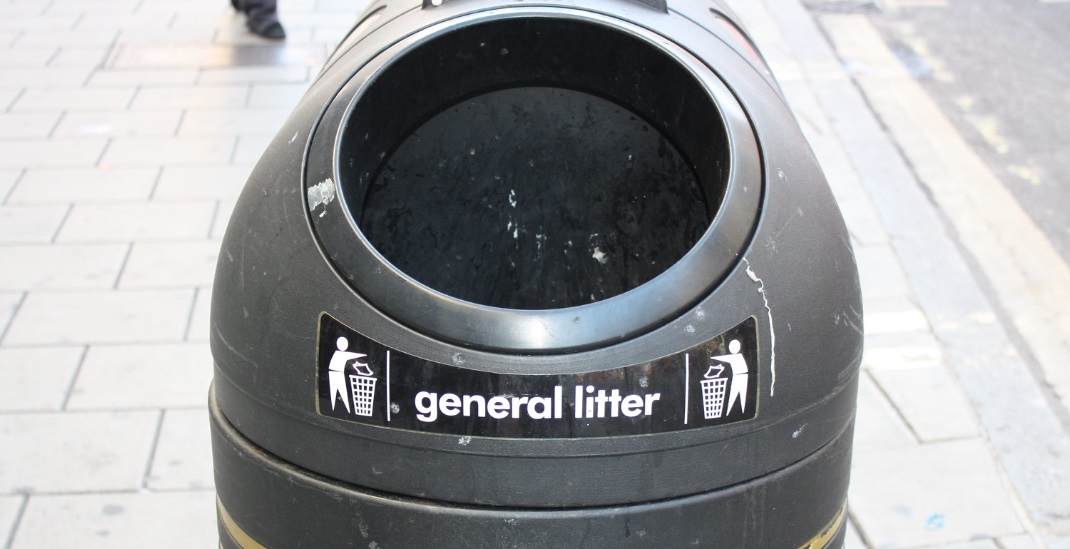The Thoma Foundation and the Galleries of Canyon Road, Santa Fe

Santa Fe has the highest concentration of galleries in the world – many of which sit side-by-side in adobe buildings along Canyon Road. It’s like visiting a bunch of tiny museums, the price of admission being the occasional side-eye you get from gallery owners once they’ve sized you up and realized you can’t afford anything. This always bugs me more than Rand – the more unwelcome he’s made to feel, the more defiant he gets, walking through slowly, with the air of confidence of someone who belongs there. He blends in, able to leap across tax brackets in a single bound.

I love this guy so much it hurts my brain.
From the outside some are entirely unassuming; others feature massive sculptures, beckoning you in.



This sculpture was just the neatest thing. Look how one of the trunks appears to be floating above the ground:


The galleries blur together in my mind now, the interior walls either a creamy white or a rich burnt orange, each one run by someone wearing flowy clothing and turquoise jewelry. We walked through several dozen that day, but the Thoma Foundation Art House was easily my favorite.
Visitors are encouraged to come in and look around – that is precisely the point of the place, as none of the pieces on display are actually for sale. While the entire collection spans everything from New Mexico Modernism to Japanese Bamboo sculptures, the works on display during our visit seemed to have a digital and electronic bent. I was mesmerized by a computer generated painting (the brainchild of artist Harold Cohen) that hung near the front entrance. I told one of the curators that it reminded me of the work of Egon Schiele, and she seemed delighted by my ostentatious art nerdery.
The gallery is not large and each room was rather sparse, with only one or two pieces therein. My favorite was this one by Daniel Rozin:

It took us a while to figure out what was going on with the piece. A camera captures your movements as you enter the room, and your image is reproduced in shard-like pieces on a digital screen in front of you. It works like a mirror, so it moves as you do. When we realized what was happening, we both began to wave our hands like conductors try to swat a mosquito in the middle of a concerto.



I love this one because you can see him taking this picture.

And inevitably …


I suppose that’s why I loved this piece and the Thoma so much. I’d spent the day wandering through decadent galleries, sometimes feeling out of place, and then the Thoma put us up on the wall, declaring us a work of art.









